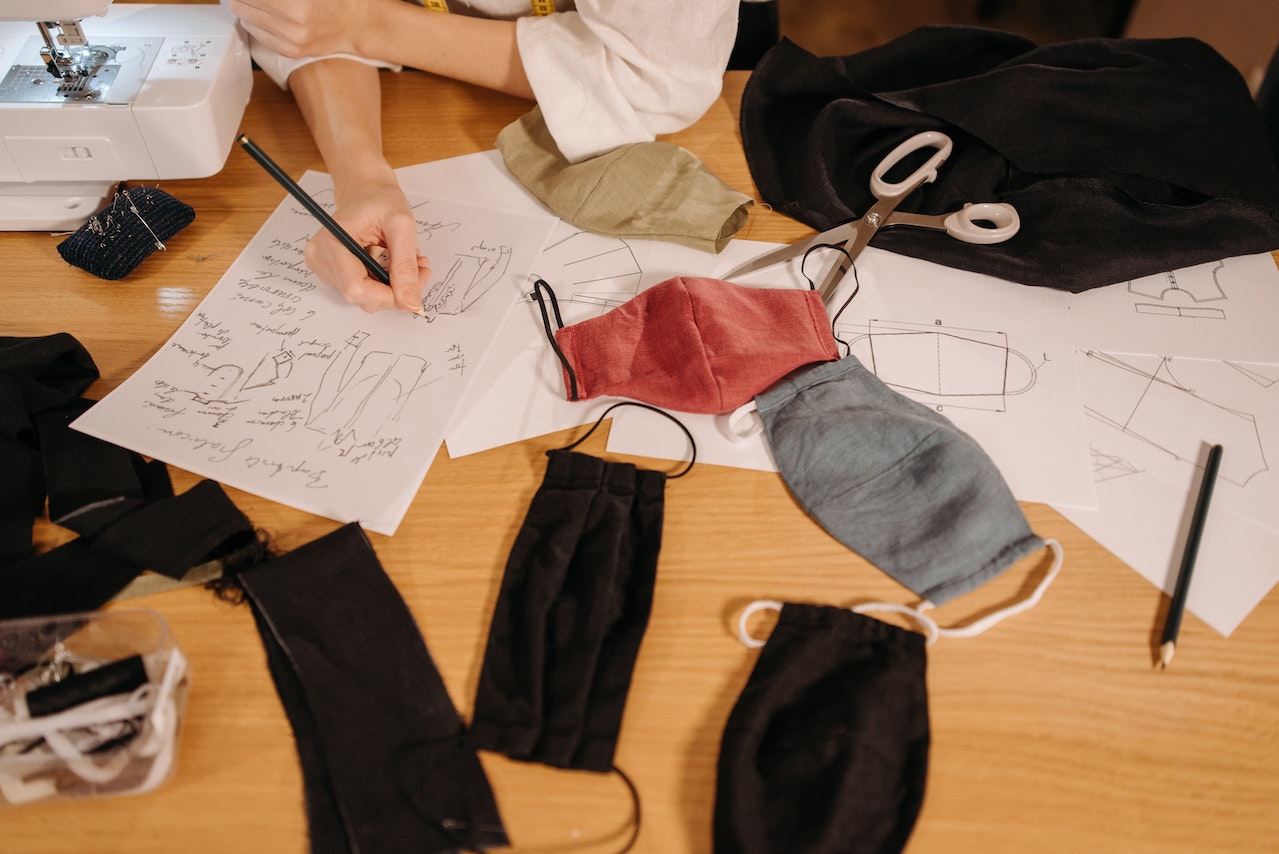|
|
Everything You Need to Supply a Small Clothing Business. By Samantha Higgins
03/24/2023
 By Samantha Higgins If you've started a small business as a clothing company, you must focus on your supply chain processes for your success. So, to effectively implement your vision for your business what do you exactly need? It would be best if you thought of techniques to better manage the processes, from the raw materials reaching you until the final product reaches the customer. Some Basics About Supply Chain ManagementAny business's supply chain refers to planning, sourcing, manufacturing, and delivering the final goods to the customers. Due to these features, it incorporates managing raw materials, manufacturing processes, and all operations logistics.An efficient supply chain is crucial for the success of any business, especially a small clothing business. Once your supply is well managed, you can minimize your costs and improve efficiency, all the factors necessary for the survival of a small business. Key ComponentsThe critical components of supply chain management include:
Everything You Need to Supply a Small Clothing BusinessMaterials and FabricsYou will need a smooth supply of materials for your clothing business to create your final product. It is wise to have some inventory for high seasonal demand. That includes fabric, thread, zippers, buttons, and other materials necessary for sewing and construction.You might not be able to take advantage of economies of scale through bulk buying of raw materials. You must look for suppliers for loungewear, let's suppose, who are providing discounts equal to wholesale loungewear prices. Manufacturing Equipment & ProcessesAs a small business, you don't have to worry too much about high-intensity equipment with the most extensive output. You might need equipment like sewing machines, cutting tables, and irons.Suppliers and ManufacturersWhat makes or breaks your small business is finding the right supplier. You might need help to compete with more giant corporations on their marketing strategies and promotional pricing. What you can compete on is quality; hence, a genuine and reliable supplier is crucial to the success of your business. Look for suppliers who offer competitive pricing, quality materials, and timely delivery.TrademarksMany times, small businesses are taken advantage of by giant corporations. They may take inspiration from or steal ideas from small companies that might need more investment to copyright their ideas and brand names. Consequently, they might not even have the finances to fight them in court and so generally let themselves be taken advantage of.If you're considering starting your small clothing business, consider protecting your intellectual property before anything else. Before investing in a physical office, invest in taking ownership of your ideas. That will help your business run smoothly when an attack from a giant corporation disrupts the supply chain. It also means you can continue your business without stopping for legal reasons.
|
|




